
Climate change usually conjures up a sense of loss—melting ice caps, vanishing coastlines, scorched forests. But what if, in the midst of all that, some corners of the world were becoming more breathtaking? Not in a sci-fi way, but in raw, tangible beauty that you can see, touch, and walk through.
Unexpected blooms, ancient lands reborn, places once off-limits now quietly thriving. This isn’t about ignoring the crisis—it’s about finding awe in the shift. Because beauty is still happening. And it’s happening in places you’d never expect. Let’s explore the silver linings, one quietly transforming destination at a time.
1. Antarctic Peninsula
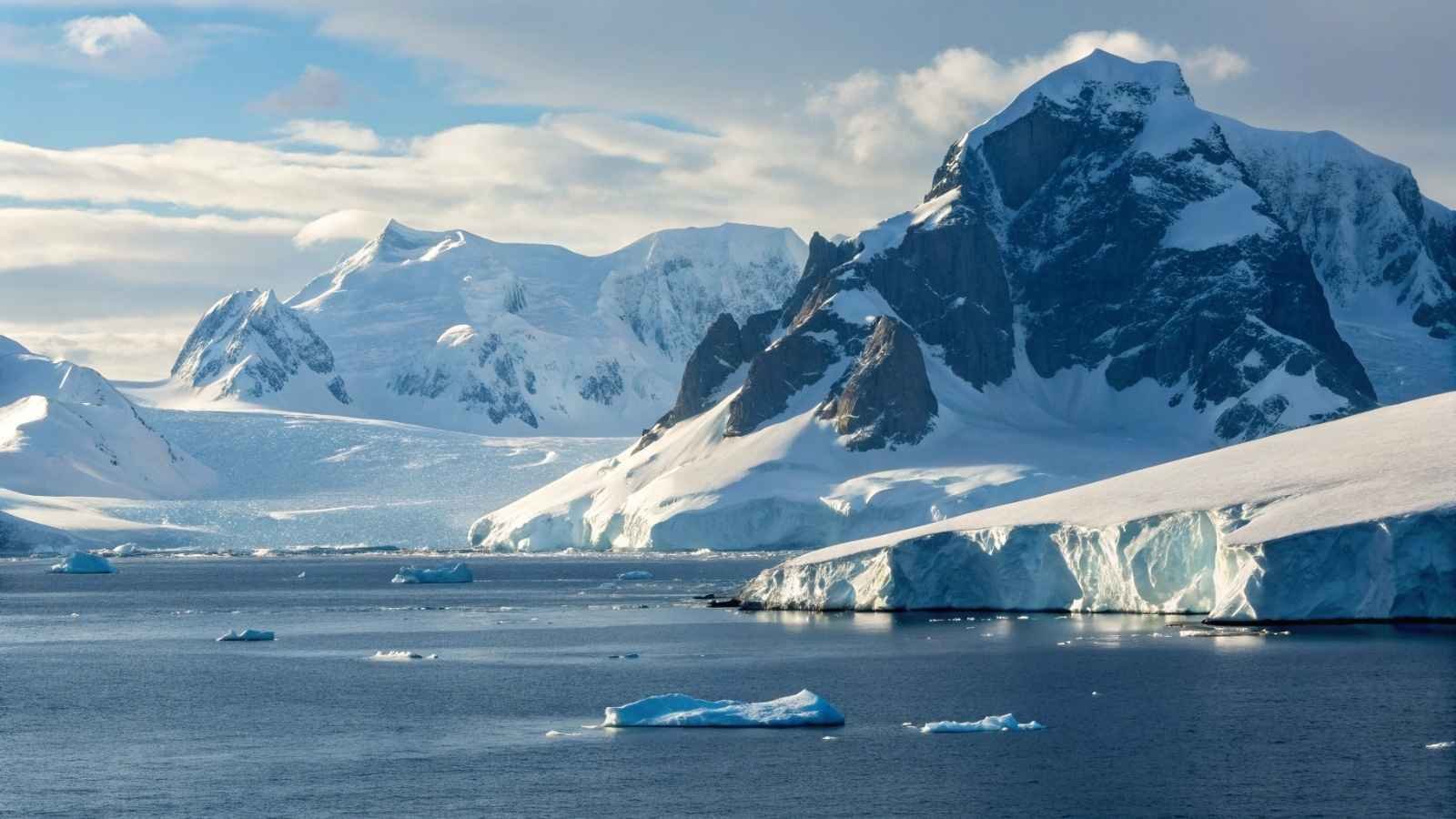
The Antarctic Peninsula, once thought of as a frozen, barren wilderness, is slowly revealing a softer side. Over the past few decades, warmer temperatures have caused moss beds to flourish in areas that were previously snow-covered year-round. This is especially true along the northern tip of the peninsula, where bright green moss now carpets the ice-free ground during the summer months.
Scientists call this a kind of “biological greening” of Antarctica, and it’s not just a visual change—it’s an ecological one. The more favorable temperatures have also encouraged small organisms and insects to migrate and thrive, introducing subtle signs of life where before there was only white and rock. In a strange twist of fate, climate change is turning this once-alien landscape into something eerily Earth-like.
While it’s still remote and difficult to access, those lucky enough to visit on expedition cruises often talk about the surreal experience of seeing lush moss beds next to ancient glaciers. It’s as though two worlds—past and future—collide in the present moment.
Other Relevant Info:
- Best Months to Visit: November to March (Antarctic summer)
- How to Get There: Expedition cruises departing from Ushuaia, Argentina
- What You’ll See: Penguins, melting glaciers, green moss beds, icebergs, and dramatic wildlife scenes
- Travel Tip: Bring waterproof gear—ice and meltwater are everywhere!
2. Nuuk, Greenland
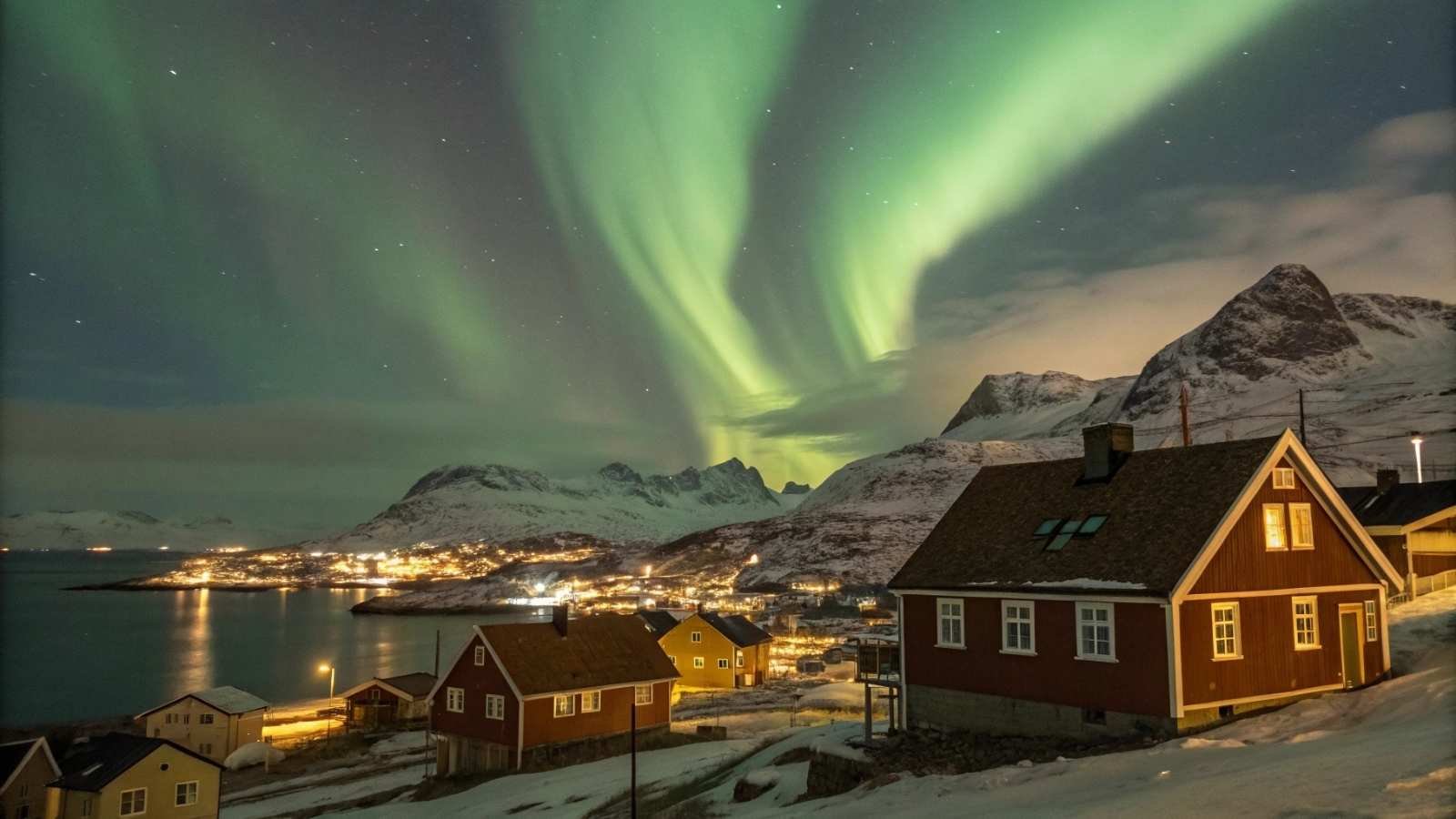
Greenland is quite literally becoming greener. In the capital city of Nuuk and across the southwest coastline, longer growing seasons and warmer temperatures have transformed rocky tundra into fertile pastures and meadows. Wildflowers bloom for longer, farmers are planting vegetables that would have been impossible to grow 20 years ago, and rivers once frozen for most of the year now shimmer freely under the Arctic sun.
While the rest of the world is losing biodiversity, Greenland is gaining it. Birds, insects, and even fish species are expanding northward, following the warmth. It’s a complicated one that brings new challenges for Greenlanders—but from a purely scenic point of view, the contrast between icy fjords and new fields of green is stunning.
And the best part? You can hike in solitude, breathe air that’s among the cleanest on the planet, and maybe even hear a glacier calve into the sea while standing in a sun-warmed meadow. It’s one of the few places where you’ll feel the Earth actively shifting beneath your feet—and it’s beautiful.
Other Relevant Info:
- Best Months to Visit: June to August
- How to Get There: Fly into Nuuk via Iceland or Copenhagen
- What You’ll See: Fjords, blooming tundra, sheep farms, glaciers, Arctic wildlife
- Travel Tip: Don’t miss the boat trips through Nuuk Fjord—it’s like sailing through a prehistoric painting.
3. Siberia (and Eastern Canadian Forests)
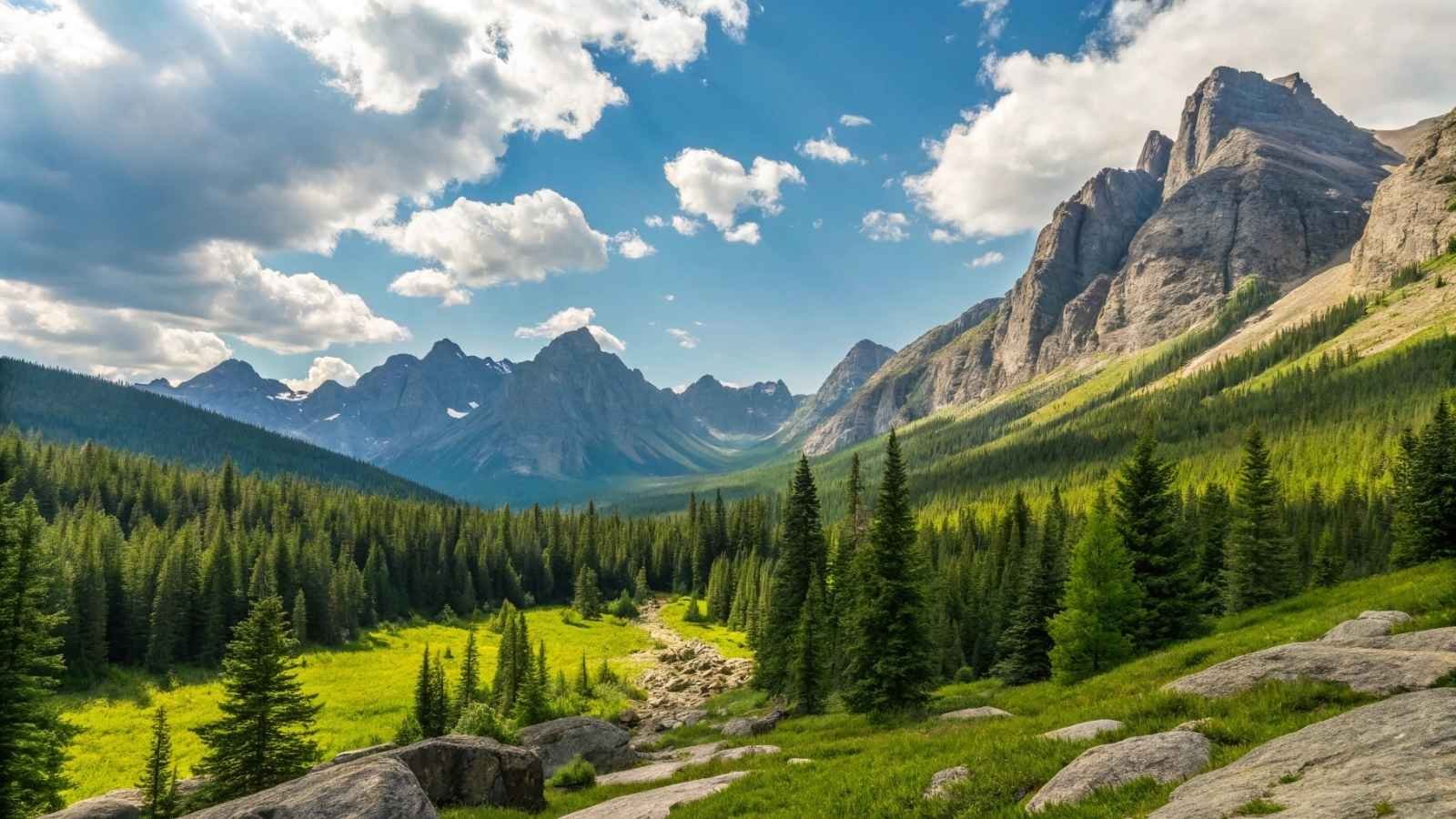
What used to be vast, frozen expanses of permafrost and larch trees in Siberia and parts of Eastern Canada are now starting to resemble boreal forests more familiar to Scandinavia or northern Europe. Climate shifts have made it possible for new species of trees to grow, for lakes to open up, and for animals like moose and beavers to expand their territory northward.
In places like Yakutia or even Northern Alberta, the summer months are now greener, warmer, and longer. While thawing permafrost is a global concern, the immediate impact on the landscape is a kind of raw, primal beauty—a patchwork of green and gold stretching into the horizon where once there was only white.
Local communities are beginning to notice changes, too. Mushrooms and berries that used to be rare are now common in summer. Reindeer herders in Siberia are seeing different migration patterns, but also more forage for their animals. For adventurous travelers, the appeal lies in exploring uncharted forests that didn’t even exist two decades ago.
Other Relevant Info:
- Best Months to Visit: June to early September
- How to Get There: Charter flights to Yakutsk or drive from Edmonton to Northern Alberta
- What You’ll See: New boreal forests, massive lakes, rare wildlife, untouched wilderness
- Travel Tip: Go with a guide—some areas are still wild, and infrastructure can be minimal.
4. British Columbia Fjords & Patagonia
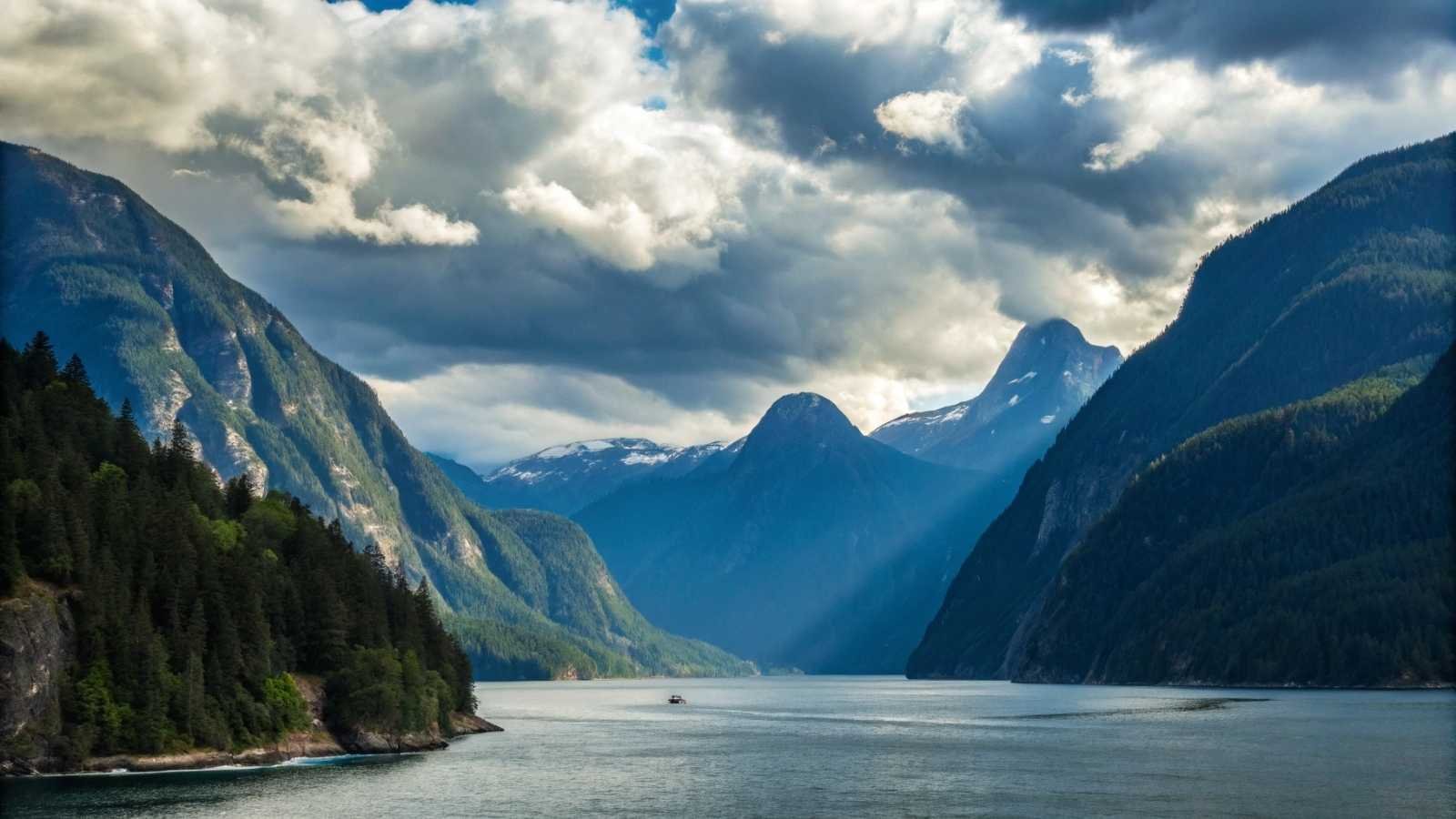
Here’s a silver lining wrapped in both awe and melancholy: as glaciers recede in British Columbia and Patagonia, they’re uncovering lush valleys, prehistoric forests, and newly exposed fjords that have been sealed away for millennia. What was once locked in ice is now revealing itself, slowly and stunningly.
In British Columbia’s coastal inlets, new green valleys are forming where ice used to dominate. The same thing is happening in Chile’s Patagonia region, especially in places like Laguna San Rafael, where calving glaciers have pulled back to unveil lush forests and vivid lakes. It’s nature in raw transition.
If you’re into hiking, kayaking, or photography, there may never be a better time to visit. These landscapes are changing fast—you could quite literally stand where no human has ever stood before. There’s something poetic in watching the Earth renew itself, even if it comes at a price.
Other Relevant Info:
- Best Months to Visit: December to March (Patagonia), June to September (BC)
- How to Get There: Fly into Balmaceda, Chile or Vancouver, Canada
- What You’ll See: Retreating glaciers, temperate rainforest, waterfalls, fjords
- Travel Tip: Be ready for rapid weather changes—sun, wind, and rain often trade places hourly.
5. Scotland Lowlands & Northern England

Believe it or not, England and southern Scotland are now wine regions. Thanks to slightly warmer, more stable summers, vineyards are popping up in areas that once only supported hardy root vegetables and grazing sheep. And they’re producing award-winning sparkling wines, at that.
The climate has created a sweet spot—less frost, more sun, and just enough rain to cultivate grape varieties like Pinot Noir and Chardonnay. Rolling hills that once looked dull brown for most of the year are now dotted with lush green vines, picturesque tasting rooms, and pop-up food festivals celebrating this unexpected agricultural boom.
For travelers, this means more than just wine. The surrounding countryside is booming with farm stays, boutique inns, and culinary experiences. It’s one of the few cases where climate change has revitalized a rural economy—and made it unexpectedly beautiful in the process.
Other Relevant Info:
- Best Months to Visit: May to September
- How to Get There: Trains from London to Kent, Surrey, or north to Northumberland
- What You’ll See: Vineyards, green rolling hills, quaint villages, gastropubs
- Travel Tip: Book vineyard tours early—many are still family-run and spots fill quickly.
6. Tasmania & New Zealand’s South Island

Both Tasmania and New Zealand’s South Island have always been known for their dramatic scenery, but something subtle is happening: increased rainfall and rising temperatures are intensifying the greens. Rainforests are getting thicker, ferns are taller, and mountain valleys are flourishing with new plant life.
Tasmania’s ancient wilderness areas, like the Tarkine and Cradle Mountain, are benefiting from longer growing seasons and warmer winters, helping rare mosses and alpine flowers thrive. Across the Tasman Sea, New Zealand’s South Island is seeing a boost in biodiversity, especially in places like Fiordland, where more consistent weather patterns are making the already lush forests explode with color.
What you’ll feel as a traveler is something you didn’t expect: a stronger sensory connection. The greens are deeper. The air feels richer. The landscapes seem alive in a new way. It’s not just scenery—it’s something visceral.
Other Relevant Info:
- Best Months to Visit: December to March (Southern Hemisphere summer)
- How to Get There: Fly into Hobart (Tasmania) or Queenstown (NZ)
- What You’ll See: Rainforests, waterfalls, fjords, misty mountains
- Travel Tip: The light just after a rain shower is pure magic—perfect for photography.
7. Canadian Great Lakes & Chicago Region

There’s a quiet transformation happening in the Great Lakes region, including parts of Michigan, Ontario, and even the Chicago area. Warming winters and longer summers are leading to greener cityscapes, expanded park systems, and revitalized waterfronts that now stay lush longer into the year.
While the climate has introduced more extreme weather, it’s also created a kind of urban-rural hybrid beauty. Chicago’s lakefront blooms earlier. Small towns in Ontario and upstate Michigan now grow fruits and vegetables typically seen further south. Pine and maple forests are richer and more diverse, and formerly dead zones in the lakes are bouncing back.
For visitors, the biggest shift is in the vibe—places that once had short, grey summers now feel borderline Mediterranean by mid-July. You’ll catch more color, more texture, and more vitality, both in the landscapes and the communities that surround them.
Other Relevant Info:
- Best Months to Visit: May to October
- How to Get There: Chicago O’Hare, Toronto Pearson, or regional drives
- What You’ll See: Lake views, urban green spaces, wine country, local farms
- Travel Tip: Don’t skip small lake towns—they’re the unsung heroes of this transformation.
8. Beijing Urban Rewilding
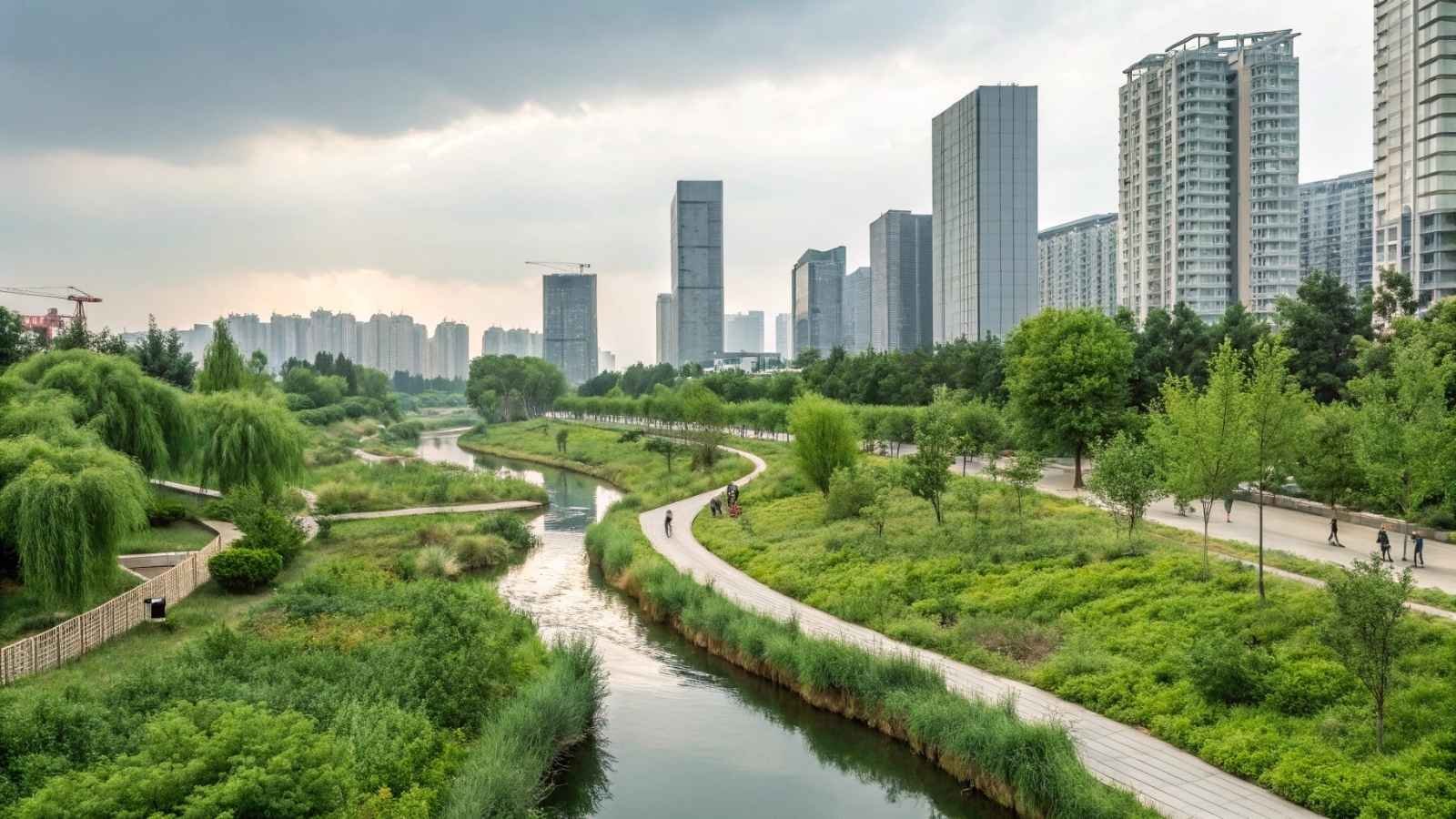
Yes, Beijing, a city once infamous for choking smog, is turning a surprisingly green corner. Decades of climate shifts, combined with local reforestation and pollution reduction, have led to a quiet but compelling rewilding movement. Urban green corridors now host migratory birds and unexpected wildlife, and rooftop gardens are becoming a way of life.
In recent years, climate trends have softened Beijing’s famously harsh winters and created slightly wetter springs and summers—a boon for trees, flowers, and all the insects and birds that come with them. One of the biggest wins? The city’s “sponge city” projects, designed to fight flooding, are also doubling as green oases filled with lotus ponds and footpaths.
This is a very different kind of beauty—not wild wilderness, but a rebalanced coexistence of nature and megacity. There’s something unexpectedly calming about walking through a bamboo grove… with skyscrapers in the distance.
Other Relevant Info:
- Best Months to Visit: April to June, September to October
- How to Get There: Beijing Capital International Airport
- What You’ll See: Urban wetlands, park forests, rooftop gardens, restored lakes
- Travel Tip: Explore early in the morning when wildlife is most active, and crowds are still asleep.
9. Bangkok’s Benjakitti Forest Park
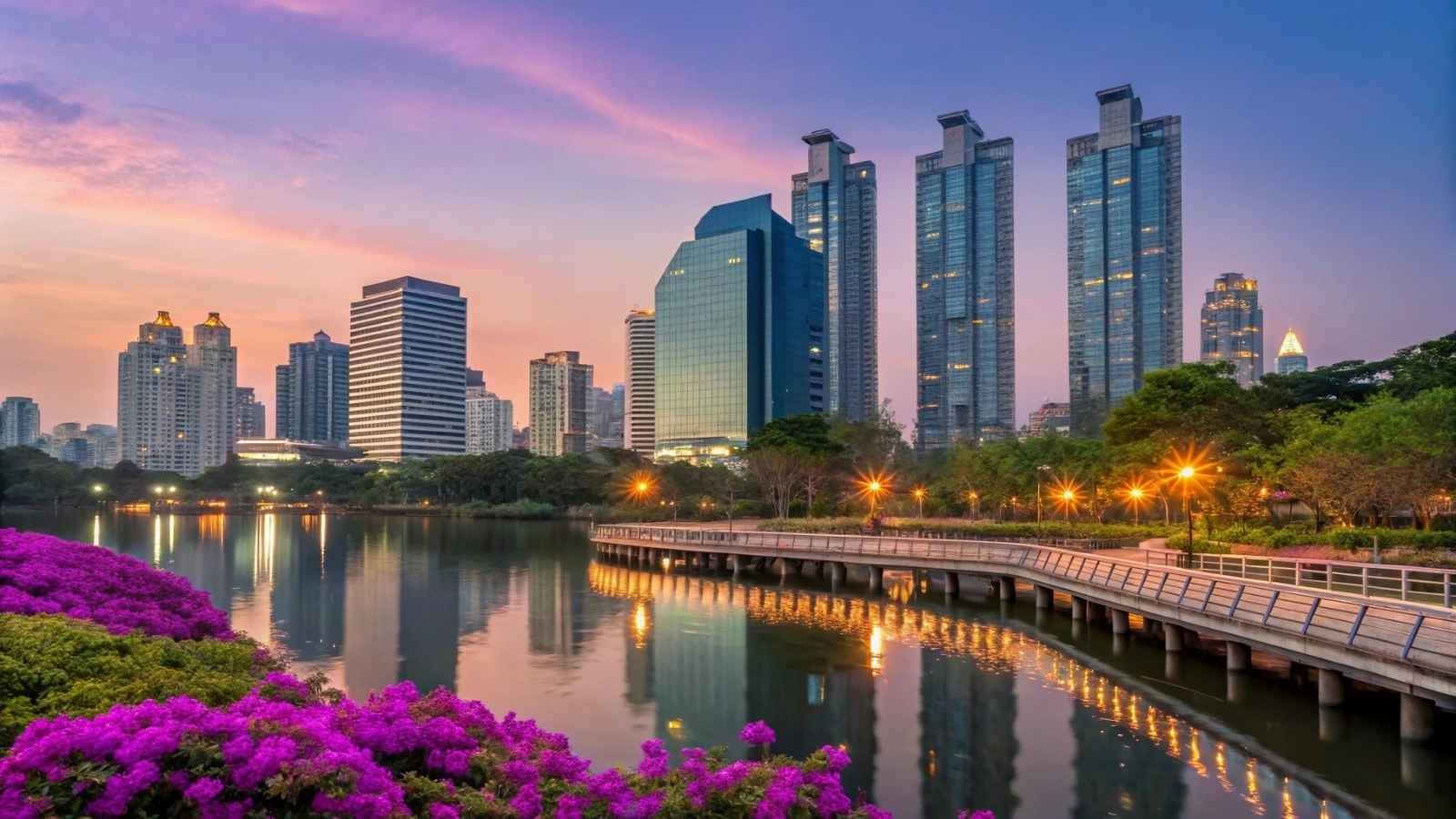
Few people expect tranquility in the middle of Bangkok, one of Southeast Asia’s busiest cities. But thanks to both climate resilience planning and changing weather, Benjakitti Forest Park is now a glowing example of green urban renewal. Expanded in recent years, the park was designed to absorb rainwater and combat rising floods, but its side effect? Beauty.
The area that was once an industrial wasteland has become a biodiverse wetland and forest, with wooden walkways, flowering trees, and an ever-growing network of ponds and canals. Rainfall has become more frequent—but shorter and softer—which feeds the ecosystem without flooding it.
It’s especially striking in contrast to the dense concrete neighborhoods around it. You walk in, and suddenly the noise fades, replaced by bird calls and the sound of wind through reeds. It’s a strange, beautiful consequence of both adaptation and rising global temperatures.
Other Relevant Info:
- Best Months to Visit: November to February (cool and dry season)
- How to Get There: BTS Skytrain to Queen Sirikit Station
- What You’ll See: Floating lotus gardens, elevated wooden paths, city views behind greenery
- Travel Tip: Visit just after a rain—the reflection in the ponds is otherworldly.
10. Sanya Mangrove Park, Hainan

Hainan Island has always been lush, but Sanya’s Mangrove Park is now thriving at a whole new level. Warmer ocean waters and higher humidity have enhanced the growth of mangroves, expanding their range and turning the area into a hotspot for birdlife, fish nurseries, and eco-tourism.
The mangrove trees, once stunted by seasonal dry spells, are now growing taller and denser thanks to more consistent rainfall patterns and tidal shifts. What used to be scrubland is now a vibrant wetland, with elevated walkways weaving through mangrove canopies, filled with dragonflies, egrets, and tidal crabs.
It’s a place where the tropics feel wildly alive, and the best part? It’s just minutes from the bustling tourist beaches, yet it feels like a secret rainforest escape.
Other Relevant Info:
- Best Months to Visit: October to April
- How to Get There: Fly into Sanya Phoenix International Airport
- What You’ll See: Mangrove forests, birds, elevated paths, sea air
- Travel Tip: Visit at sunset for golden light filtering through the mangroves—it’s unforgettable.
11. Hạ Long Bay, Vietnam
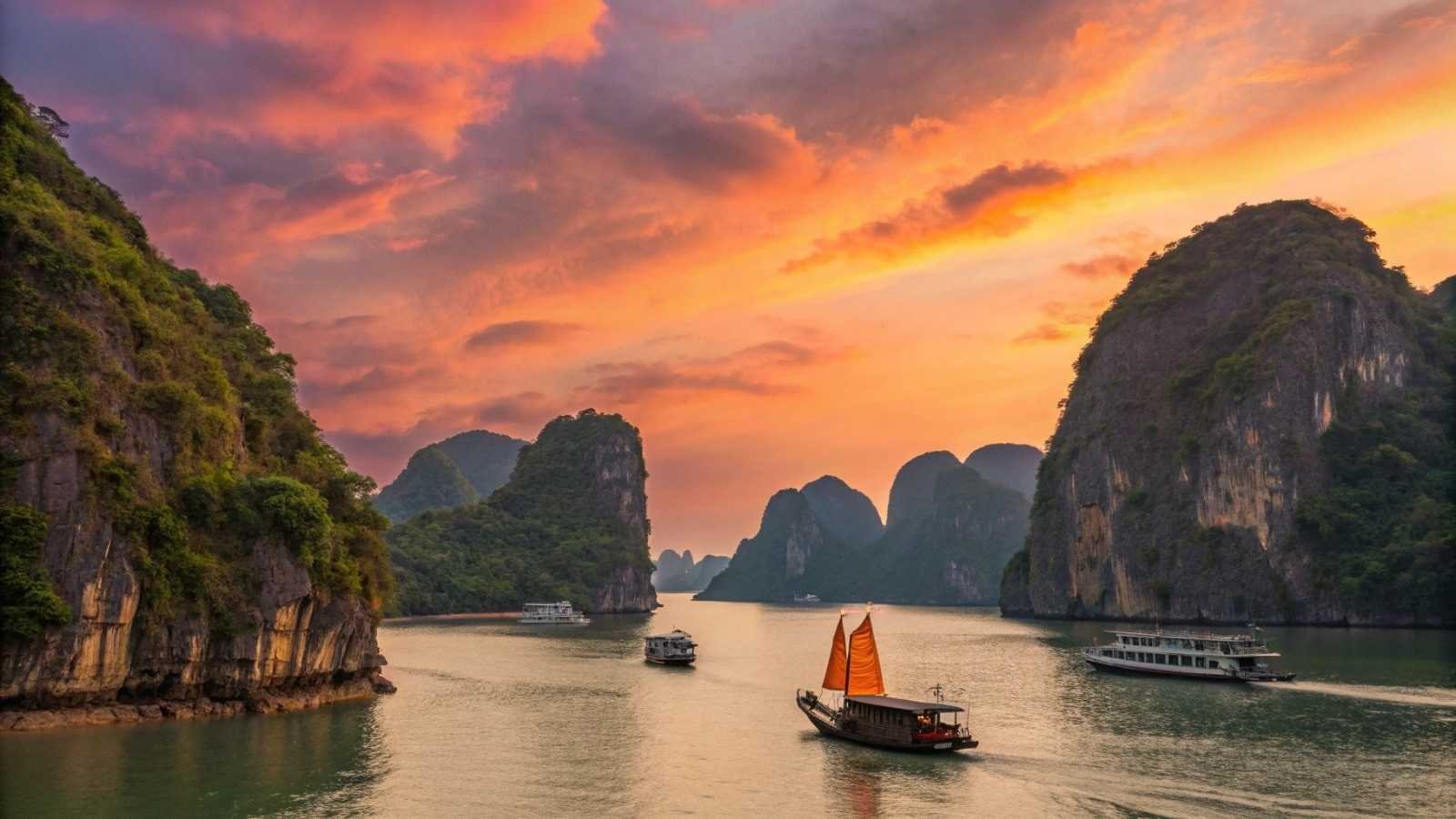
Already a UNESCO World Heritage site, Hạ Long Bay is known for its otherworldly limestone karsts rising out of jade-green water. But recently, climate-driven erosion and sea-level rise have been quietly enhancing the drama. The waves are carving sharper edges, deeper sea caves, and new channels, subtly reshaping the bay into an even more sculptural masterpiece.
Locals have noticed that islands once ringed with thick vegetation now reveal stunning bare rock walls. While that’s a mixed ecological story, it’s also led to new kayaking routes and photogenic spots that didn’t exist a decade ago. The interplay between water and stone feels more dynamic now, as if the bay is alive and evolving, right before your eyes.
It’s a place where time feels suspended, but also strangely sped up. One moment you’re floating past a cliff face that looks ancient, the next you’re seeing the freshly carved marks of today’s tides.
Other Relevant Info:
- Best Months to Visit: October to March (drier and cooler)
- How to Get There: Fly into Hanoi, then 2–3 hours by road to the bay
- What You’ll See: Karst islands, caves, bioluminescent waters, and floating fishing villages
- Travel Tip: Opt for a multi-day boat trip to reach the less-touristed edges of the bay.
12. Gobi–Grassland Transition Zone, Mongolia
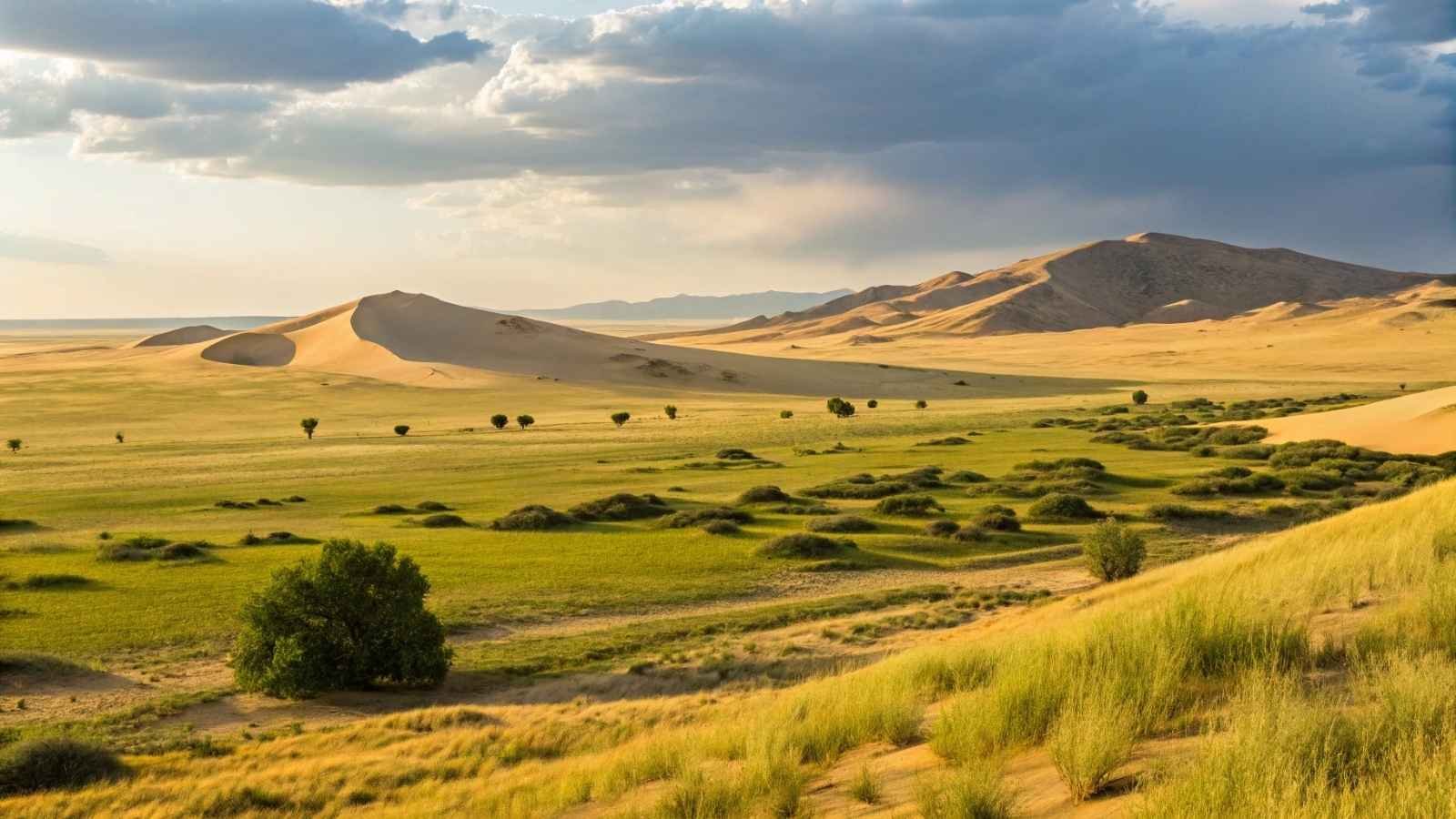
In southern Mongolia, where the Gobi Desert meets the steppe, a quiet green fringe is beginning to push back against the sands. While desertification is still a concern in some areas, shifting precipitation patterns and slightly warmer summers have made patches of the arid zone unexpectedly fertile.
These aren’t dense forests or rice paddies—but wide swaths of resilient grasses, wildflowers, and even sorghum crops in places that were dry scrubland 30 years ago. To the traveler’s eye, it’s a surreal sight: wild camels walking through blooming pastures, dust devils swirling in a field dotted with color.
And the light—oh, the light. When sunset hits this evolving landscape, the mix of gold, green, and shadow makes you feel like you’re walking through a painting still being painted.
Other Relevant Info:
- Best Months to Visit: June to early September
- How to Get There: Fly into Ulaanbaatar, then travel south via jeep tour
- What You’ll See: Rolling grasslands, wild herds, nomadic camps, sand-meets-green transitions
- Travel Tip: Stay in a ger (yurt) for a true nomadic experience under the stars.
13. Peru’s Andean Rock Formations
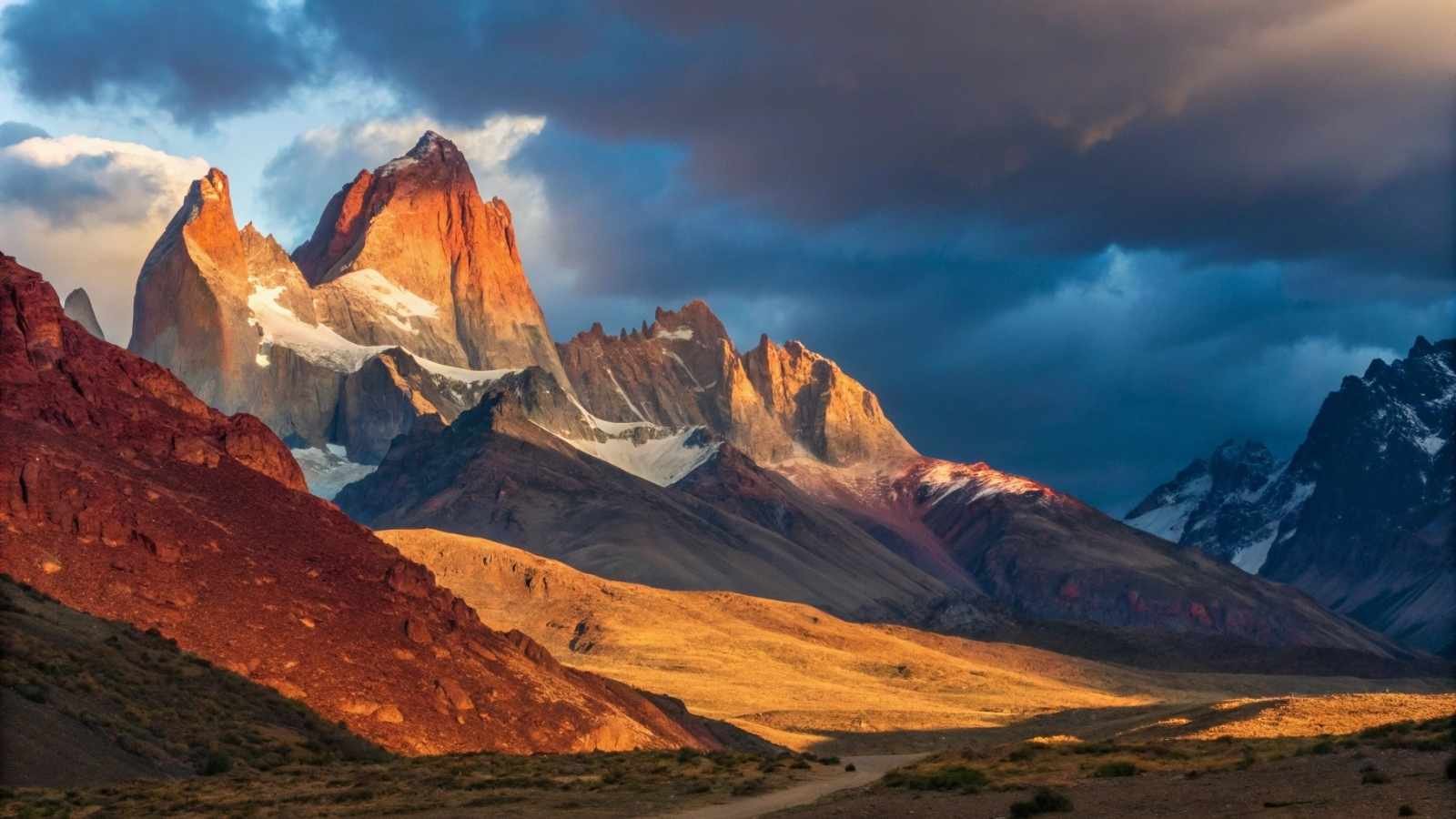
In high-altitude regions of Peru’s Andes, melting glaciers and intensified rains are accelerating erosion, and it’s revealing wonders. Think: stone “chimneys,” stacked columns, and arches that have been hidden under ice or sediment for thousands of years, now standing exposed against blue skies and snow-dusted cliffs.
One of the most striking effects is the newly revealed “fairy chimneys” in areas near Arequipa and Cusco. These towering formations, shaped by wind and water, look like something out of a dream. They’re not marked on every tourist map yet, but those who go find themselves exploring newly opened valleys and ancient-looking terrain that feels sacred.
There’s a kind of reverence in watching the Earth unveil its secrets—sometimes slowly, sometimes all at once.
Other Relevant Info:
- Best Months to Visit: May to September (dry season)
- How to Get There: Fly into Cusco or Arequipa, then hire local guides to explore less-traveled valleys
- What You’ll See: Eroded spires, hidden caves, highland flora, grazing alpacas
- Travel Tip: Acclimate to altitude first—many of these sites are over 3,000 meters above sea level.
14. Djenné Mosque Area & Addis Rose Gardens

Climate change isn’t just altering remote wilderness—it’s affecting urban and cultural spaces, too. In Djenné, Mali, the iconic Grand Mosque is seeing an unexpected benefit: increased rainfall is supporting rose and acacia gardens in surrounding areas, leading to greener, more fragrant public spaces. Locals say the mosque looks even more majestic framed by blooming flora.
A similar thing is happening in Addis Ababa, Ethiopia, where higher altitude districts now support lush rose gardens and green corridors that were previously too dry or temperamental for consistent growth. These areas are becoming pockets of urban beauty, woven into everyday life.
It’s not the kind of transformation that hits you all at once. But stand in the garden beside a 1,000-year-old mud mosque or walk a petal-lined sidewalk in a once-dusty capital, and you’ll feel the change.
Other Relevant Info:
- Best Months to Visit: October to February (dry season for Mali); September to November or March to May (Ethiopia’s green seasons)
- How to Get There: Fly into Bamako (for Djenné) or Addis Ababa
- What You’ll See: Historic architecture, blooming city gardens, ancient-meets-modern culture
- Travel Tip: Visit after a light rain—the scent of blooming roses against earthen walls is unforgettable.






